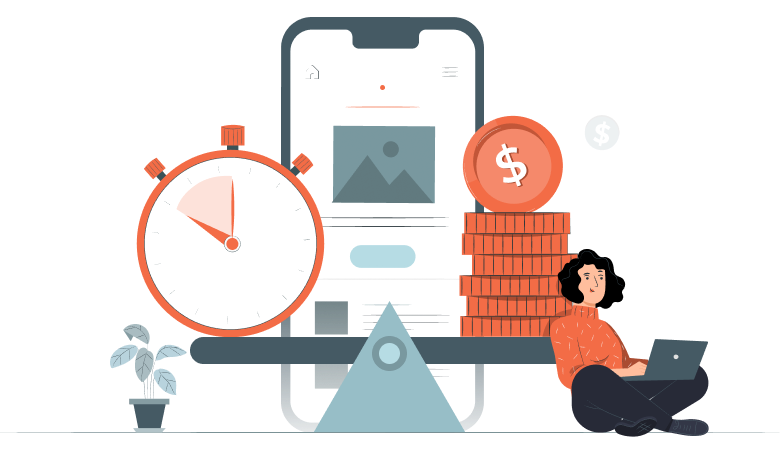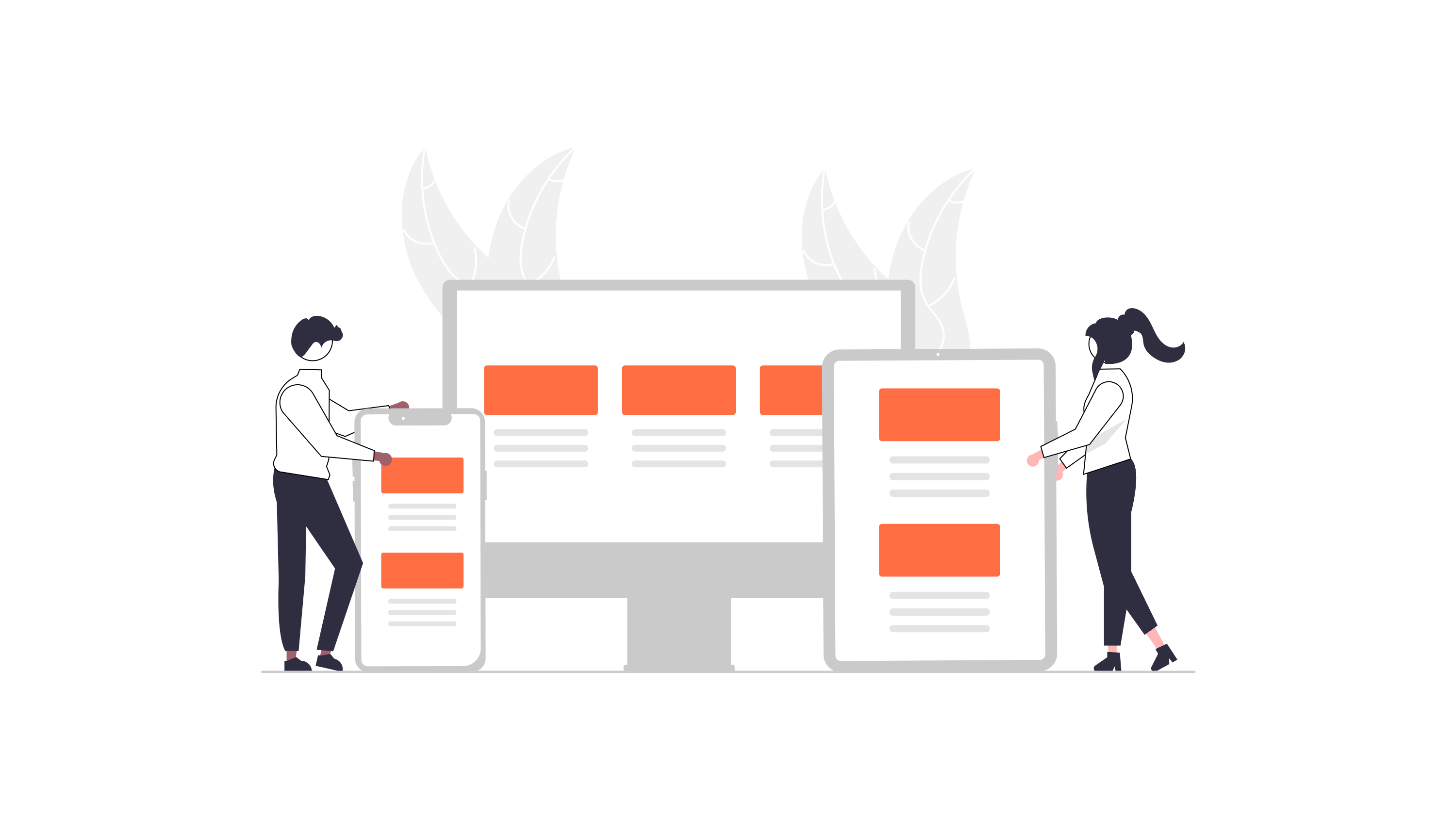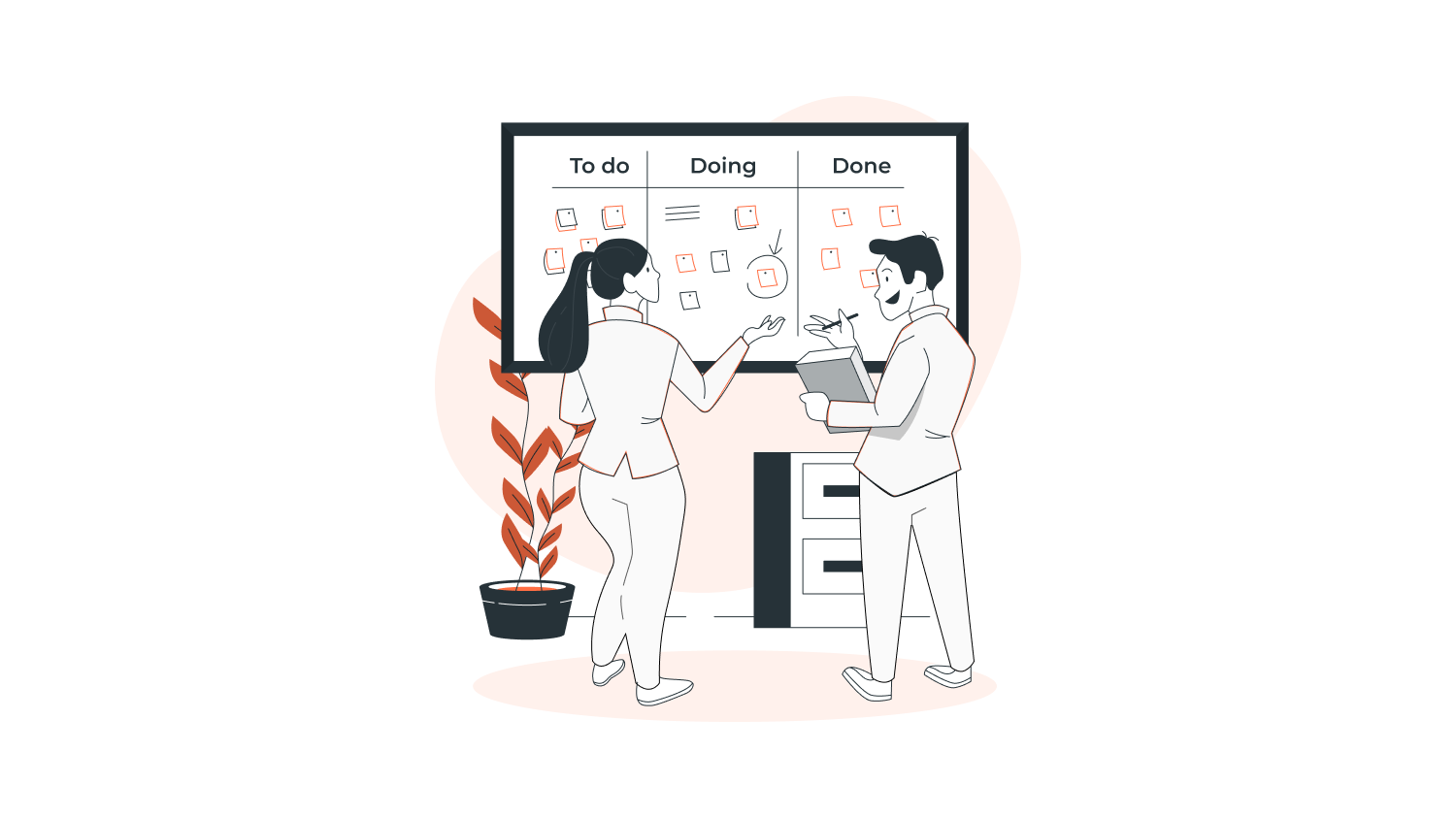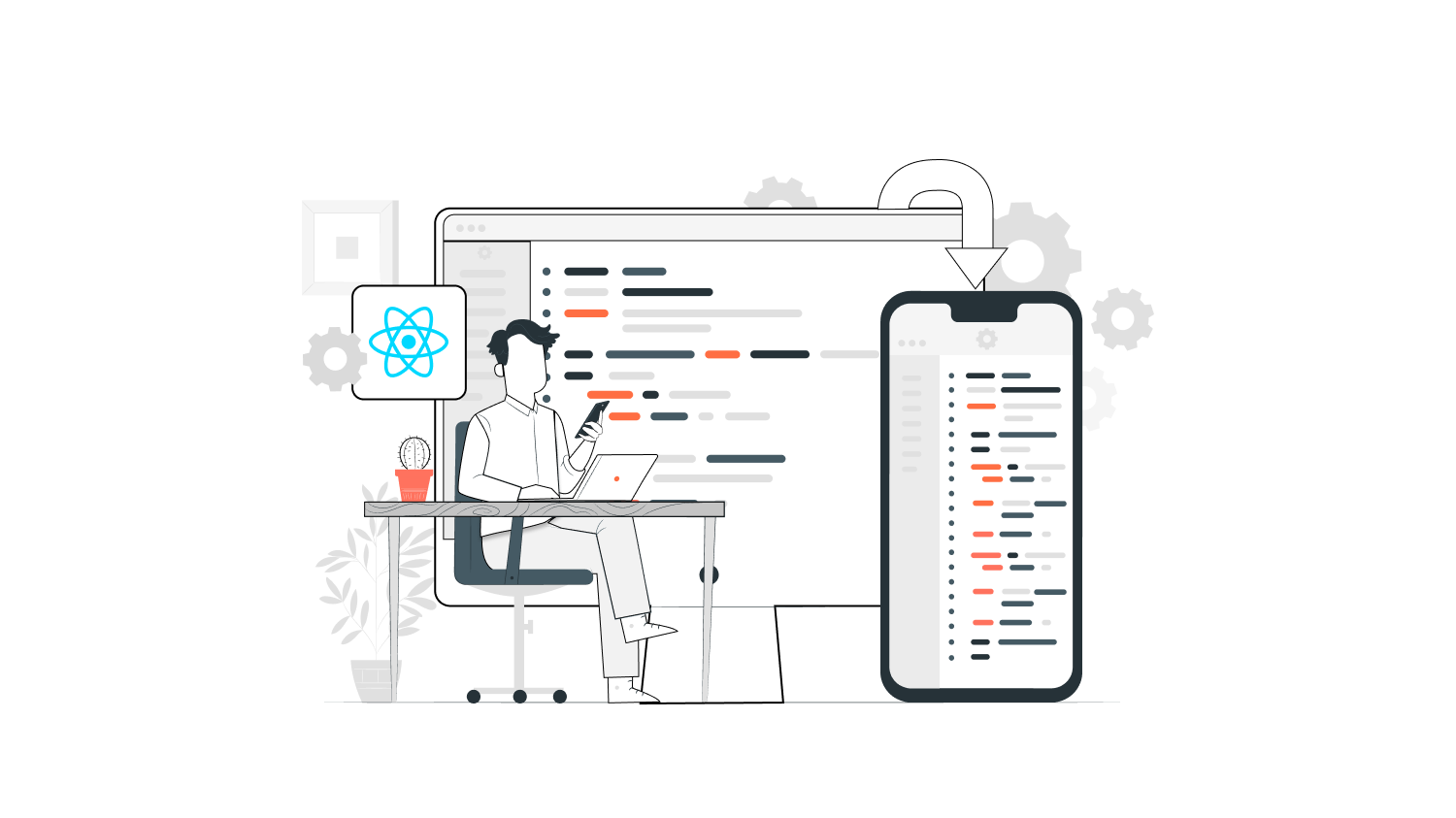Have you ever faced a situation where your app development project exceeded budget?
Have you ever felt that you didn’t get the value for the money you invested in app development?
If so, then you need to read this blog post. We’ll help you avoid the common pitfalls of app development cost and choose the right pricing model that works for you.
App development cost can vary widely, depending on project scope, team expertise, project timeline, and risk management. Choosing the right pricing model can help you manage these factors and ensure your project stays on track.
In this blog post, we’ll provide a detailed analysis of both fixed and hourly pricing models and explain how to choose the right model based on your project requirements.
If you’re ready to take control of your app development cost, then let’s get started !!!
Fixed Pricing Model
Fixed pricing is a model in which a software development company agrees to complete a project for a predetermined price. In this model, the customer and the development team agree on a scope of work, a deadline, and a price. This model is ideal for customers who have a clear idea of what they want to build and want to know upfront how much it will cost.
Read More : How Much Does It Cost to Develop a Fitness App in 2023?
Advantages of Fixed Pricing:
Cost predictability:
With fixed pricing, customers know how much they will pay upfront, allowing them to budget accordingly.
Simplicity:
Fixed pricing is straightforward and easy to understand.
No surprises:
With a fixed price, customers won’t be caught off guard by unexpected costs or overruns.
Disadvantages of Fixed Pricing:
Potential for unexpected changes:
Additional costs may be incurred if the scope of work changes during the development process.
Lack of flexibility:
Fixed pricing doesn’t allow for changes or modifications to the project scope without additional costs.
When is Fixed Pricing the Best Choice?
Fixed pricing is ideal for projects with a clear, well-defined scope of work and a fixed timeline. It works best for customers who have a good idea of what they want to build and don’t anticipate any changes or modifications to the project scope.
Hourly Pricing Model
Hourly pricing is a pricing model in which a software development company charges customers based on the amount of time spent working on a project. In this model, the customer pays for each hour of work the development team performs. Hourly pricing is ideal for customers who have a less defined scope of work and anticipate changes or modifications to the project scope.
Advantages of Hourly Pricing:
Flexibility:
Hourly pricing allows for changes and modifications to the project scope without additional costs.
Transparency:
Hourly pricing provides a detailed breakdown of the development team’s time, giving customers complete visibility into the development process.
No surprises:
With hourly pricing, customers are only charged for the actual work performed.
Disadvantages of Hourly Pricing:
Difficulty in cost prediction:
Hourly pricing can be difficult to predict, as it’s impossible to know in advance how many hours a project will take.
Potential for overruns:
Hourly pricing can lead to cost overruns if the development team takes longer than anticipated to complete the project.
When is Hourly Pricing the Best Choice?
Hourly pricing is ideal for projects with a less-defined scope of work and customers who anticipate changes or modifications to the project scope. It works best for customers who are comfortable with a more flexible approach to development and want to have greater control over the development process.
Also Read : Android vs iOS App Development: Which is the Best?
Comparing Fixed and Hourly Pricing Models
When deciding between fixed and hourly pricing models for your app development project, it’s important to understand the key differences between the two. Here are some of the main factors to consider when comparing fixed and hourly pricing models:
Project Scope:
Fixed pricing models work best when the project scope is well-defined and unlikely to change.
Hourly pricing models are better suited for projects with a more flexible scope that may change over time.
Project Timeline:
Fixed pricing models require a set timeline for completion, while hourly pricing models are more flexible in terms of project duration.
Hourly pricing allows for changes to be made throughout the development process without adding additional costs.
Risk Management:
Fixed pricing models shift more of the risk onto the development company, as they are responsible for completing the project within the set budget.
Hourly pricing models provide more flexibility for the development company and the client, as changes can be made without the risk of additional costs.
Cost:
Fixed pricing models provide more predictability regarding cost, while hourly pricing models can be more difficult to estimate.
Fixed pricing models typically require a larger upfront payment, while hourly pricing models allow for payment to be made incrementally throughout the development process.
Ultimately, the decision to choose fixed or hourly pricing will depend on your specific project requirements and budget. Be sure to carefully consider the advantages and disadvantages of each pricing model before making a decision.
Calculating Cost for Fixed and Hourly Pricing Models
Fixed Pricing Model:
Calculating the cost for a fixed pricing model is relatively straightforward. The development company will typically provide a detailed project proposal outlining the work scope, timeline, and total cost. Once the proposal has been accepted and a contract has been signed, the total cost is fixed and cannot be changed without renegotiating the contract.
To calculate the cost of a fixed pricing model, you will need to consider the following factors:
Scope of work:
The scope of work should be well-defined and outlined in the project proposal. This includes all of the features and functionality that will be included in the app.
Timeline:
The timeline for development should also be clearly outlined in the project proposal. This includes the estimated start and end dates for the project.
Total cost:
The total cost for the project should be clearly outlined in the project proposal. This includes all fees associated with the project, such as design, development, testing, and deployment.
Hourly Pricing Model:
Calculating the cost for an hourly pricing model can be more complex, as it depends on the number of hours worked on the project. To calculate the cost of an hourly pricing model, you will need to consider the following factors:
Hourly rate:
The development company will typically provide an hourly rate for their services. This rate will depend on factors such as the complexity of the project, the level of expertise required, and the location of the development team.
Scope of work:
The scope of work should be clearly defined but may be subject to change throughout the development process. The development company should provide regular updates on the number of hours worked and the remaining hours required to complete the project.
Timeline:
The timeline for development may be more flexible in an hourly pricing model, but it’s important to set realistic expectations for when the project will be completed.
To calculate the cost of an hourly pricing model, you can use the following equation:


It’s important to note that the final cost for an hourly pricing model may be higher or lower than the estimate, depending on changes to the scope of work or other factors that may impact the development process. It’s important to work closely with the development company to manage costs and ensure that the project stays within budget.
Dig Deeper : Custom Healthcare App Development in 2023 [The Ultimate Guide]
Wrapping Up
In conclusion, choosing the right pricing model for your app development project is crucial to its success. By understanding the differences between fixed and hourly pricing models and the factors that can impact app development costs, you can make an informed decision that aligns with your project requirements, timeline, and budget.
At NeoITO, we understand that every app development project is unique, We will design and develop a detailed project proposal with a clear breakdown of costs and build the pricing model that works best for your project.
So why wait?
Contact us today to learn more about our app development services and how we can help you bring your app idea to life!!!
FAQs
Which pricing model is more cost-effective for app development?
It depends on the project scope and requirements. A fixed pricing model may be more cost-effective if you have a well-defined project scope and a fixed budget. However, an hourly pricing model may be more cost-effective if you require more flexibility and expect changes to the project scope throughout the development process.
How can I reduce app development costs?
There are several ways to reduce app development costs, including choosing a simpler design, using open-source technologies, outsourcing development to countries with lower labor costs, and reducing the number of features in the app.
How much does it cost to develop an app?
The cost to develop an app can vary greatly depending on several factors, including the app’s complexity, platform, features, and the pricing model used. However, according to a survey conducted by Clutch, the average cost to develop an app in the United States is around $171,450
How do I ensure I get a fair price for app development?
To ensure that you’re getting a fair price for app development, it’s important to compare quotes from multiple app development companies and ask for a detailed breakdown of costs. You should also consider the company’s experience, portfolio, and customer reviews before deciding. Additionally, it may be helpful to consult with a third-party app development cost estimator tool to get an idea of the average cost for your project.




